Let’s get to know the amazing IMPASTO, a South Korean tattoo artist whose bold and fluid approach to blackwork is redefining the boundaries of contemporary tattooing.
Currently working at THEO.INKSTUDIO in Gangnam Sinsa, Seoul, IMPASTO has built a dedicated following of over 20,000 fans on Instagram, and recently served as a judge at the Korea Tattoo Exhibition, further cementing his place as one of the leading voices in Korea’s modern tattoo scene.
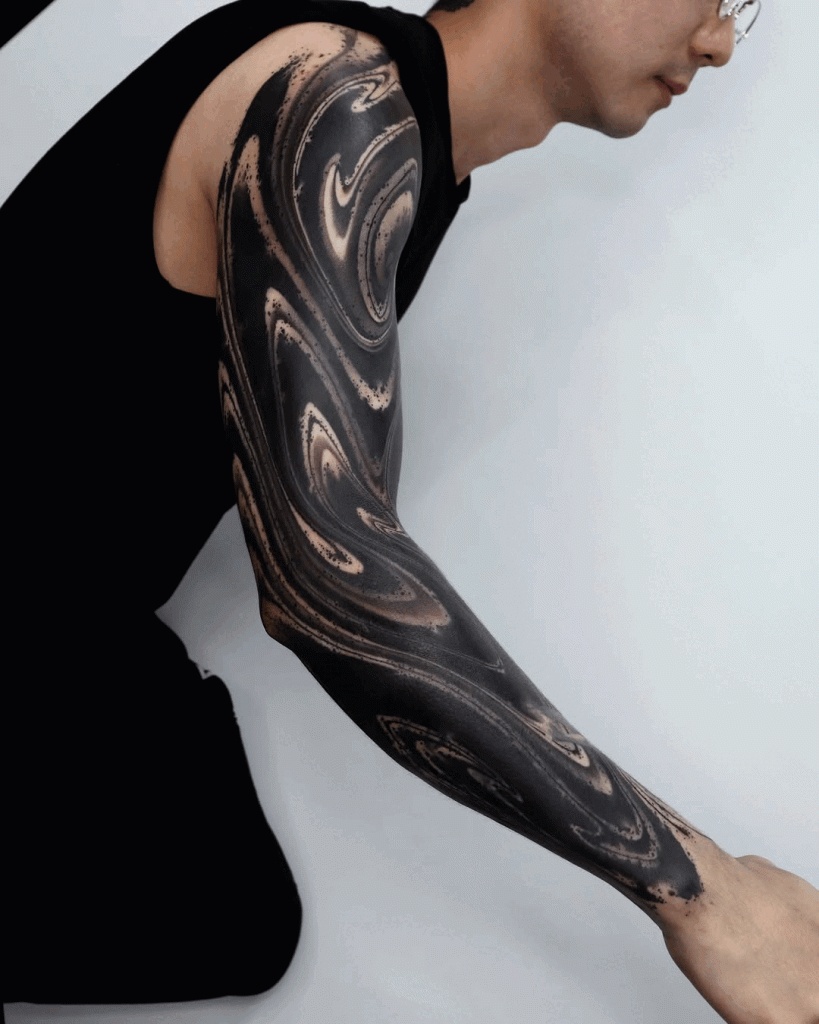
IMPASTO’s work is rooted in what many describe as “fluid abstract blackwork”, a powerful and unconventional style marked by heavy black saturation, organic, flowing forms, and an almost painterly use of negative space and gradient shading.
His tattoos often resemble smoke, ink in water, or abstract sculptures that wrap around the body with dramatic movement and depth.
What makes his portfolio even more striking is the scale of his work. From full sleeves and legs to entire backs and body suits, IMPASTO’s compositions are immersive experiences. He also incorporates surreal elements like skulls, animals, monsters, and distorted figures, blending abstraction with touches of dark surrealism.
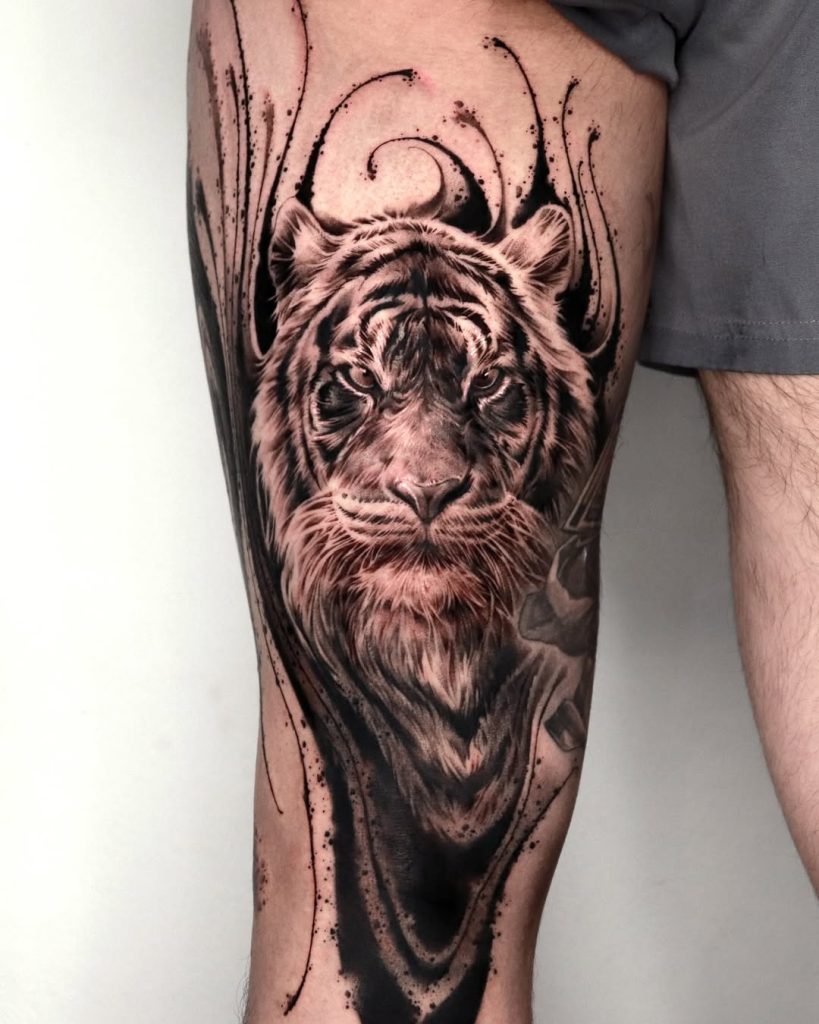
One of the most impressive aspects of his work lies in his cover-ups. Whether giving old tattoos a new face or engulfing them in liquid black, IMPASTO transforms past ink into something powerful and entirely reborn.
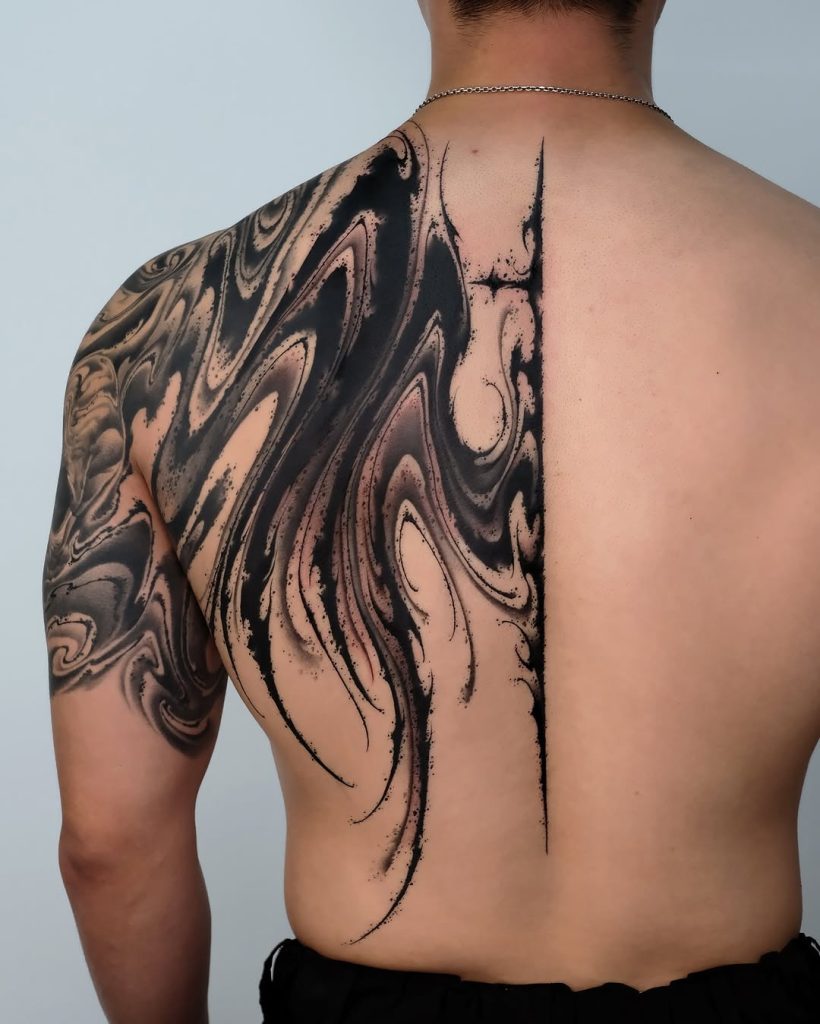
Join us as we dive into the world of IMPASTO, his creative journey, the evolution of his style, and the ideas that fuel his massive, mesmerizing blackwork.
Hi IMPASTO! Can you tell us how your journey into tattooing began, and what drew you to this art form?
Hello. Before I started tattooing, I was really into hip-hop music.
Listening to various American rappers and watching their music videos, I naturally became interested in tattoos—especially after seeing heavily tattooed artists like Lil Wayne and Wiz Khalifa, who looked incredibly cool and confident.
After completing my mandatory military service in Korea, I was at a crossroads trying to figure out my future. Since I had always been curious about tattooing, I decided to start studying it seriously. That decision led me to where I am now—with 10 years of experience as a tattoo artist.

Your tattoo style is incredibly distinct. It’s abstract, fluid, immersive…how did you develop this visual style?
When I first started tattooing, I believed that only tattoos with illustrated subjects—like animals, flowers, skulls, statues, and so on—could look cool. But after encountering the traditional Japanese suminagashi style and seeing the works of artists I met at international conventions, I realized that tattoos can be striking and beautiful even without any specific imagery—just through patterns alone. Since then, I’ve been dedicated to developing a unique and original abstract style, which has evolved into the flow style I create today.
If someone wanted a tattoo from you but didn’t know what they wanted, how would you guide them?
If someone wants to get a tattoo from me, it means they probably like my artwork and the artistic inspiration behind it. So, I would suggest a design that reflects the style I’m currently most focused on. But if they feel unsure or hesitant about that, I would recommend a piece from my portfolio that suits them well.
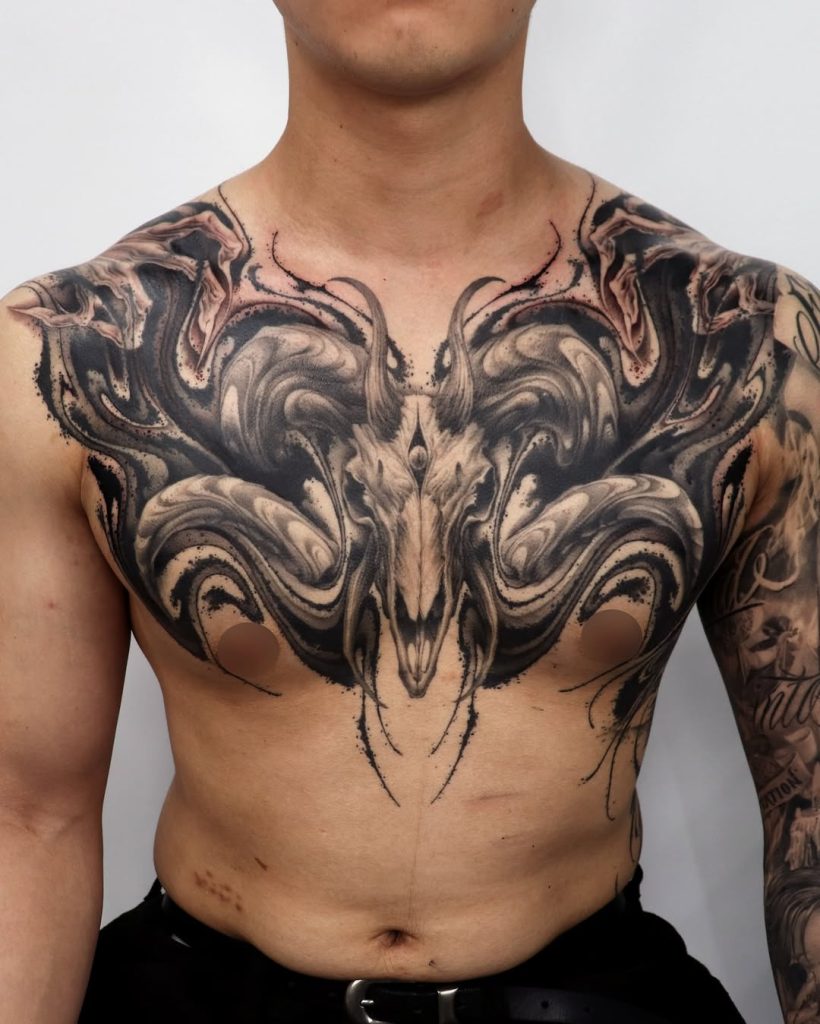
When you’re working on large-scale pieces in your style, do you rely on stencils or work more freehand?
When matching a design with a specific image or subject, I sometimes use a stencil for the main element. But all the surrounding flow work is done freehand.
You’ve done some of the most impressive cover-ups I’ve seen. What do you enjoy about transforming older tattoos?
Not all old tattoos are bad, but most people have at least one or two pieces they feel are lacking in quality. Carrying those on their body can lead to uncomfortable questions from others, or even personal stress every time they look in the mirror. What I enjoy most is seeing their happy expression when that stress is completely covered and transformed by my black flow—clean, organized, and finally something they can feel proud of.
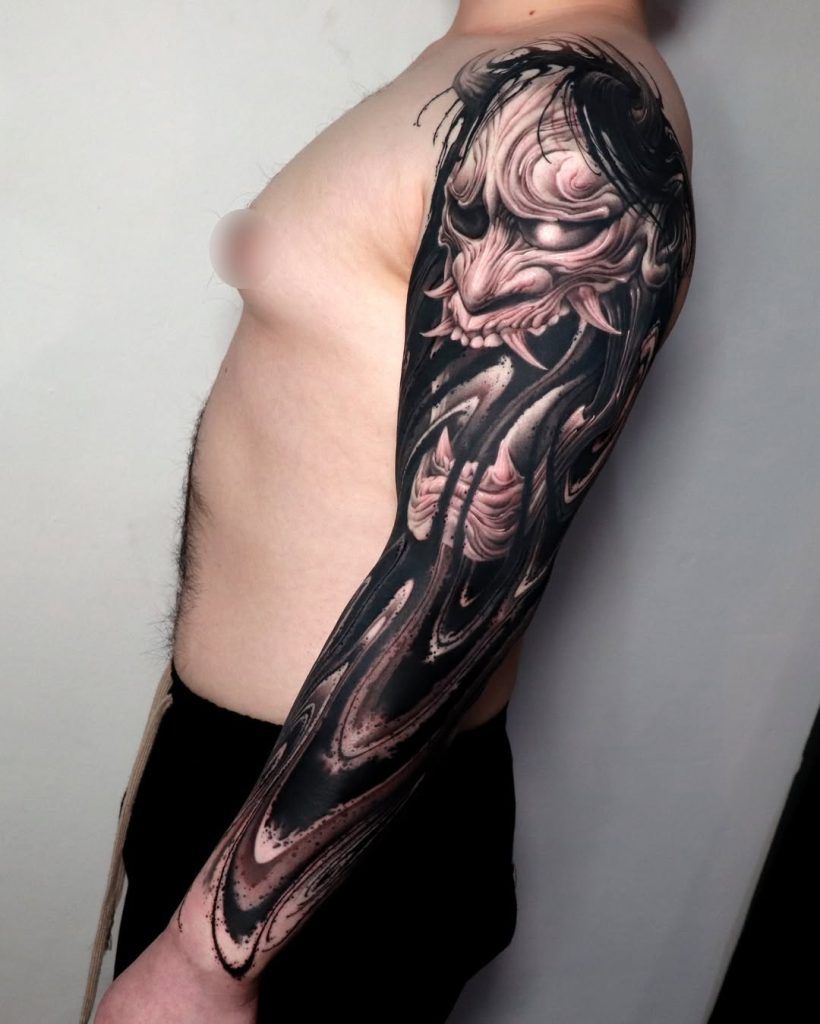
What do you hope people feel when they see one of your finished tattoos for the first time?
I hope people see my tattoos as something truly unique—art that enhances and elevates their body. And I’d love for clients who get tattooed by me to feel so satisfied that they decide to extend the flow even further.
Has there ever been a tattoo that challenged or intimidated you, whether because of its scale, intensity, or emotional weight?
When I have to complete a large tattoo within a short time—like in a single day or two—there’s always a bit of pressure and tension. Even a small mistake can cause damage to the skin, and long sessions can be very painful for the client. That’s why I try to work as efficiently as possible, making sure each section of the skin is completed perfectly before moving on.
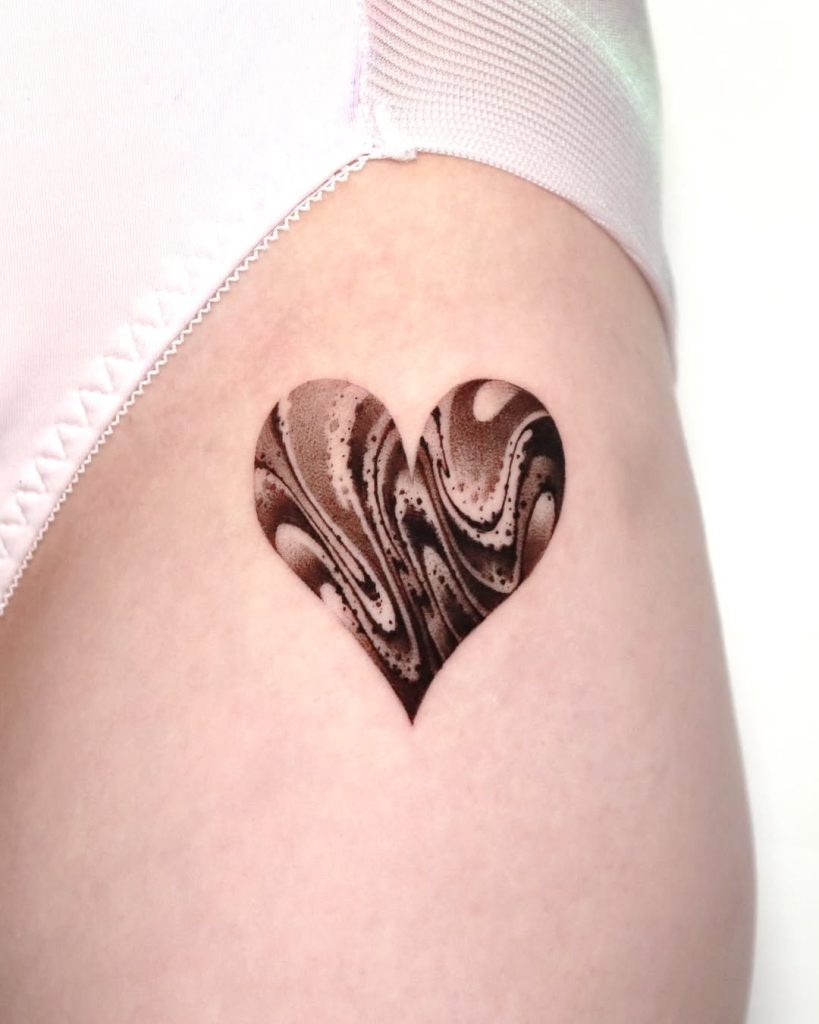
What are your thoughts on permanence and regret in tattooing, especially in the context of covering someone’s past ink?
The reason I love tattooing is because it’s permanent.
There’s something beautiful about carrying a piece of art on your body for a lifetime. While that permanence can be a source of pride and happiness, it can also lead to regret—and I believe that regret is usually tied to the quality of the tattoo.
Through my cover-up work, I’ve seen countless old tattoos, and while some clients simply outgrow their previous tastes, the biggest reason people want a cover-up is dissatisfaction with the original quality.
That’s why I constantly push myself to improve my skills—to make sure that none of my tattoos ever become a regret for the people who wear them. I do my best with every piece so that my work remains something my clients can be proud of forever.
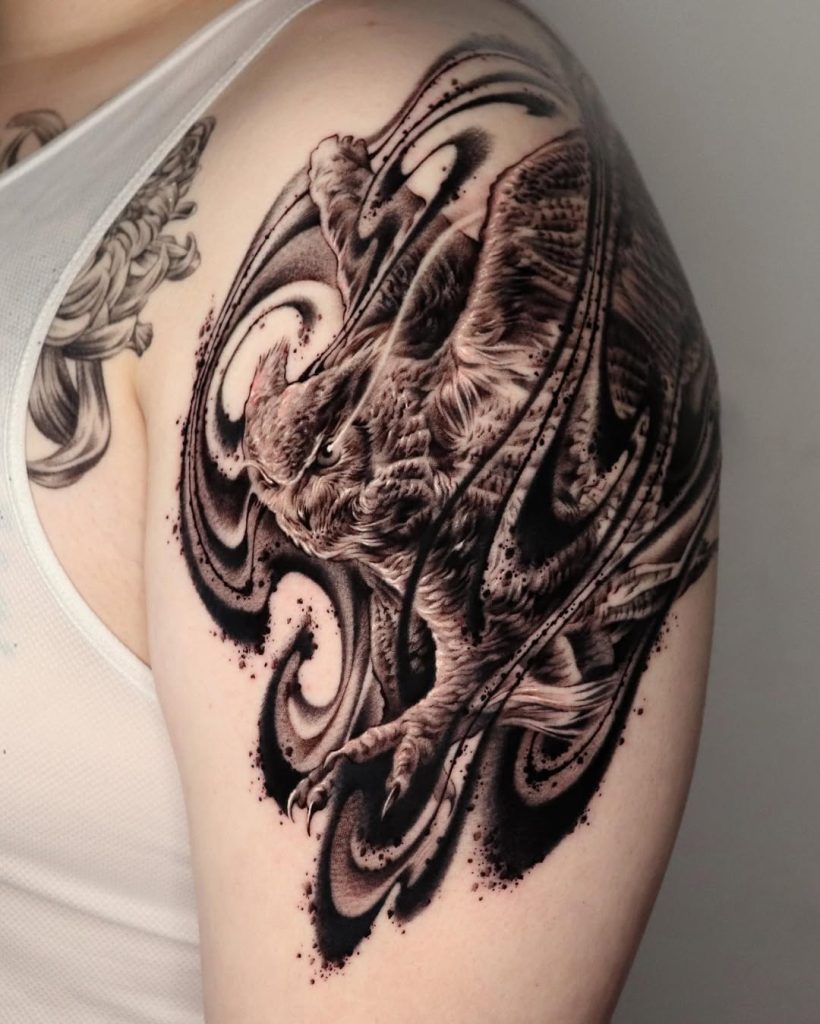
Are you more methodical or instinctive in your process? How much of your work relies on intuition?
Because most of my work is done freehand, my style is highly intuitive.Especially when I design purely with flow, the entire process is 100% based on intuition.
What’s something you consciously avoid in your tattoo work, whether in visuals, subject matter, or technique?
I design with a dark-toned flow as the base, so I don’t use flowers or cute animals as main subjects since they don’t harmonize well with the style.
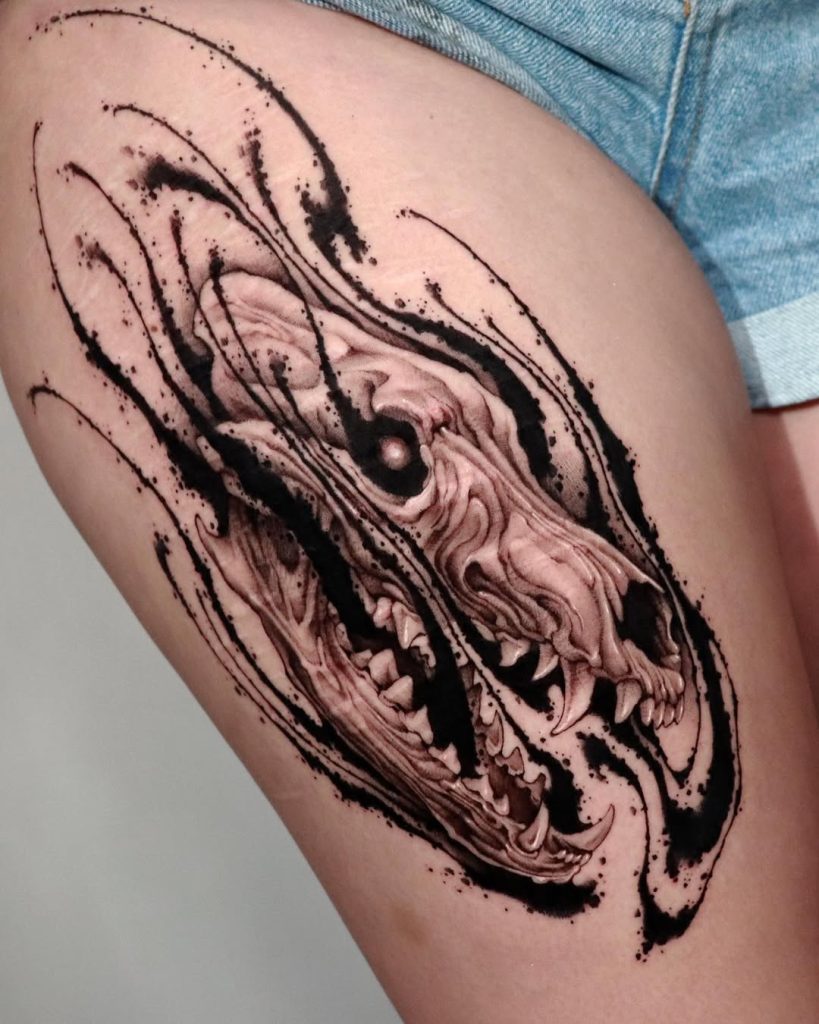
What’s your relationship with imperfection? Are you okay with mistakes or slight deviations in large abstract pieces?
My style is closely connected to imperfection. Since I work freehand, the subtle differences that arise each time make the flow more fluid, free, and unique. Clients who appreciate my style, which isn’t confined by rigid structure, will likely see this as one of my strengths.
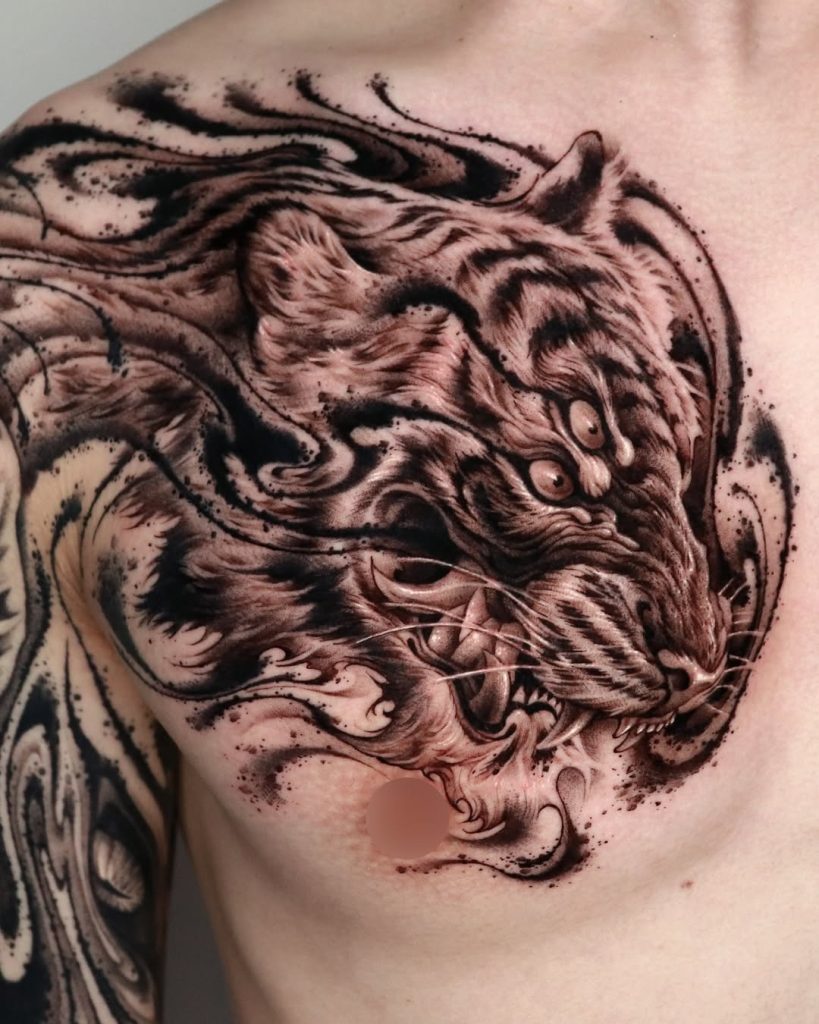
What’s one thing people often misunderstand about your work or style?
Many people assume my work doesn’t take long because of the heavy use of black. In reality, though, building flows with black and the right balance of shading takes a significant amount of time. It’s all about achieving the highest quality, so I hope clients understand and are patient with the process.
Now a fun question. If you could tattoo anyone, dead or alive, who would you choose?
I’d definitely choose someone who’s alive. I imagine tattooing someone who’s passed away would be difficult—their skin probably wouldn’t be in the best condition. haha
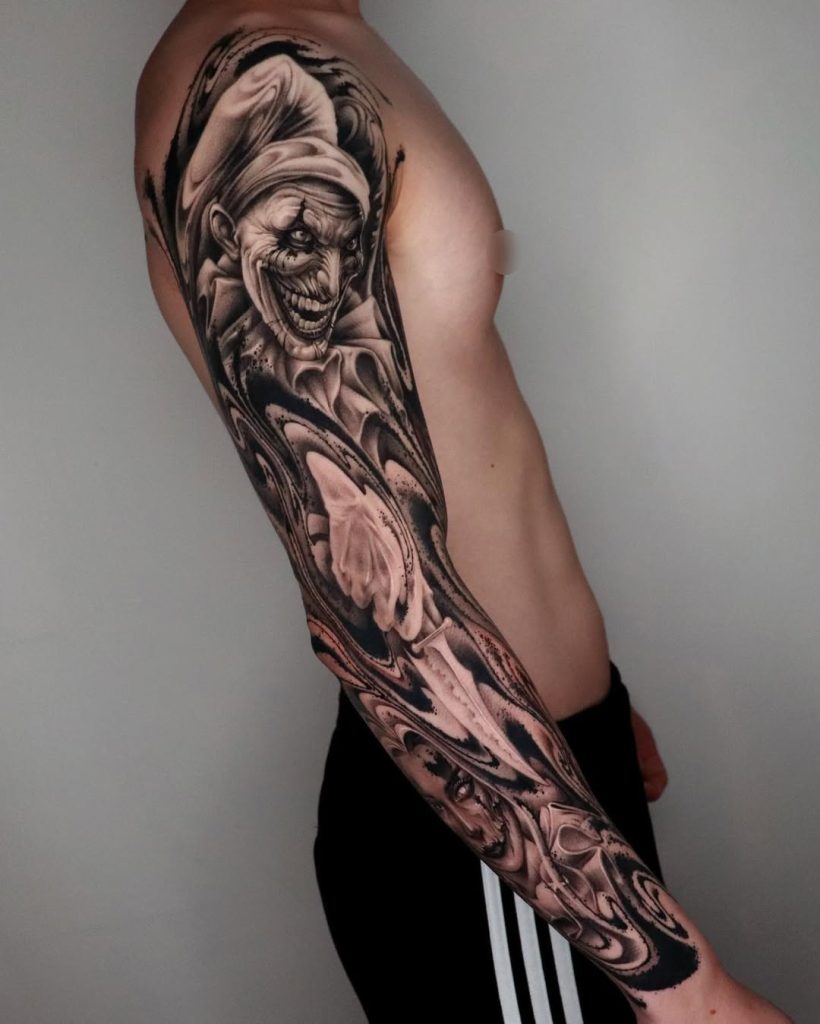
Looking ahead, how would you like your tattoo work to evolve? Are there new directions or themes you’re exploring?
I hope my flow style continues to evolve by blending with various other tattoo styles, creating something fresh and unique. This mindset might change over time, but lately, I’ve found myself occasionally feeling stuck in a rut when designing only with flow. That’s why I’m constantly exploring how to incorporate and match different styles.
Right now, I’m experimenting with a concept that involves creating monstrous, creatures using eyes and teeth as key elements within the flow.
Finally, what’s a question you wish someone would ask you, but no one ever does?
That question is about what other media, besides tattoos, influence me and provide artistic inspiration.
I really like Japanese manga, so I often draw inspiration from the characters and worlds of great manga works.
Thank you, IMPASTO, for sharing your story and creative perspective with us.
Your work pushes the boundaries of blackwork and abstract tattooing, blending emotion, form, and intuition into something truly unique. We’re excited to see where your style evolves next.
To follow IMPASTO’s latest pieces, check out his flashes and book a session with him, visit him on Instagram and follow at @wekid_impastotattoo.
Know an artist we should feature next? Let us know at [email protected]. Thanks for reading!

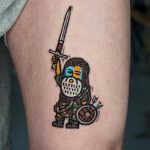

No Comment! Be the first one.